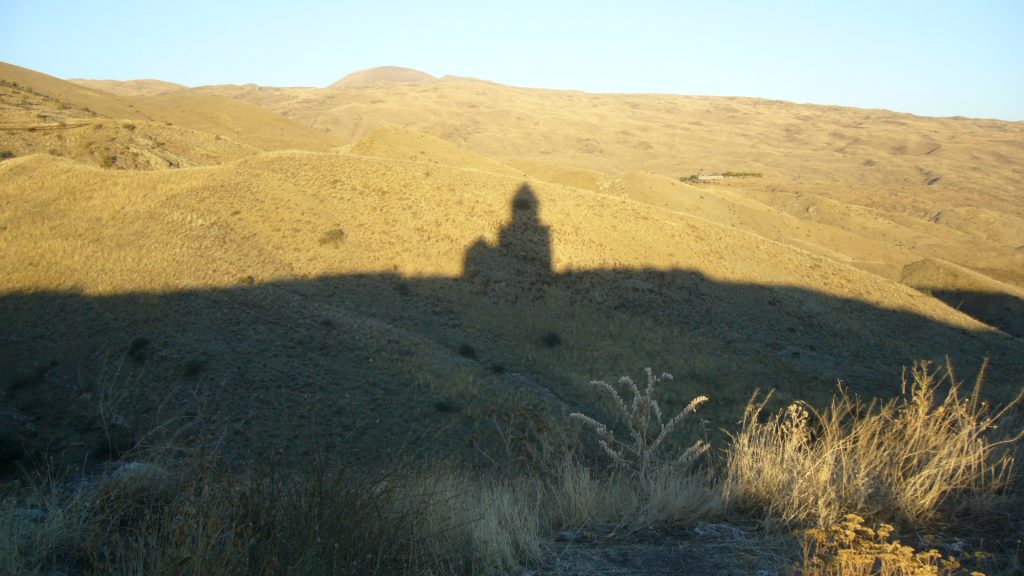Studies for whom? Eastern and Western Readership in the Age of Globalization
Serafim Seppälä

We scholars publish a lot, but for what purpose? For whom? Who reads our papers and where? This is a question which may need some consideration and elaboration every now and then.
In fact, the situation has been rather confounding. A decade or two ago, unbelievable as it may sound, most academic articles in the field of human sciences were read practically by no-one. Namely, estimations based on surveys indicated that only a tiny number of articles enjoyed wide readership; perhaps 30–40 % of published articles had a limited number of readers, but the majority remained virtually untouched by human eye. Such results were alarming, but no-one was really alarmed. On the contrary, the global publishing activity only continued to increase.
However, online publishing and open access policies have changed the informative milieu in this respect. Therefore, I share here some observations regarding the reception and readership of my own articles in the era of globalization.
As a passionate lover of traditional books, I did remain reluctant for a long time before I started to distribute my stuff in immaterial forms. I soon had to admit that my reluctance had been an imprudent mistake.
Online publishing opens even the most obscure publications to global readership. For instance, I had written a rather handy article about the emergence of Byzantine aesthetics, published in Serbia (2013) in a curious festal publication that probably nobody has ever read. Seven years later, I distributed a copy of it online, the result being that it quickly found a bunch of readers and, most unexpectedly, was adopted as teaching material in a Catholic institution in Sri Lanka.
In terms of quantity, easy access enables surprising outcomes. In a recent article, I discussed and reinterpreted the question of racism in the desert fathers of late antiquity. Published in a poorly known journal in Australia, the e-version has had up to 22 views a day, which is almost incredible for an inconspicuous academic article on a marginal topic.
Even more interesting aspect in the reception is the geographical distribution that one may observe in the analytics. As a professor in Orthodox theology, most of my articles deal with “eastern” topics and eastern corpora but are made with more or less “western” methodological approach. In geo-theological terms, my work takes place in the eastern corner of the most eastern academic unit in EU. But where does the readership lie – east or west? In other words, where is the readership for academic Orthodox theology today? What kind of publications is the “global Eastern audience” interested in?
The analytics offers some unexpected outcomes. It is perhaps not surprising that the largest audience for articles in English is in US, given the massive population. However, it is somewhat unanticipated that my keenest audiences are in India and Ethiopia. This is mainly because topics such as baptismal teaching of Ephrem the Syrian are theologically relevant for the ancient Church of Ethiopia and the equally ancient Syriac Churches on the Indian coast.
The Eastern churches, separated by vast distances, historical and cultural barriers, not to mention canonical disputes, are desperately in need of global ethos and functional unity. As the hierarchical leaders are continually struggling for prestige and canonical territories, it seems that unity and communion is realised better in the world of scholarship. This is reflected also in the geographical distribution on the readers. My papers have readers in Romania and Russia, Turkey and Armenia, Greece and Israel, as well as among certain Western countries (UK, Italy, Canada). Though for some reason, almost none in Serbia or Bulgaria.
In terms of content, the most popular articles in my output are related to the early encounter of Islam and Christianity in the Middle East. Academia and researchgate combined, the most read articles so far have been “Reminiscences of icons in the Qur’an” and “The early history of religion (dis)proving its truth”, in which I analyse the use of historical argument in the Christian Arabic apology of Theodore Abū Qurrah and his Islamic counter-polemics.
Unfortunately, the articles dealing with Armenian genocide, or Armenian culture in wider terms, seem to receive the most minimal amount of attention. The combination is somewhat unexpected. It seems that there are big academic markets for certain kind of approaches to Islam, but the topics that are existentially burdensome and challenging do not attract readers. Especially the role of Islam in the Armenian genocide is a question none wants to discuss thoroughly.
In the field of intra-Christian theology, the most popular topics so far have been a discussion on the verbalisation of deification in Syriac and Greek, and my tentatively ecumenical approach to the Byzantine anathemas.
Finally, the most thrilling detail. When Russia invaded Ukraine and tried to attack Kiev in the beginning of the obnoxious war in 2022, someone in Kiev went to academia.edu and read my article on the angelology of Isaac the Syrian. Good heavens. As others ran to bunkers, someone turned to my study on angels. Had I known in which situation someone turns to this very article, would I have written something otherwise?
What I want to say with these remarks is the following. When choosing topics and methods, perhaps scholars should at times give a thought on their potential readers in faraway lands and forthcoming eras. Or lack of them.
PhD Serafim Seppälä is a professor of systematic theology and patristics at the UEF. He has published extensively on a wide variety of topics, many of which are available in https://uef.academia.edu/SerafimSeppälä.